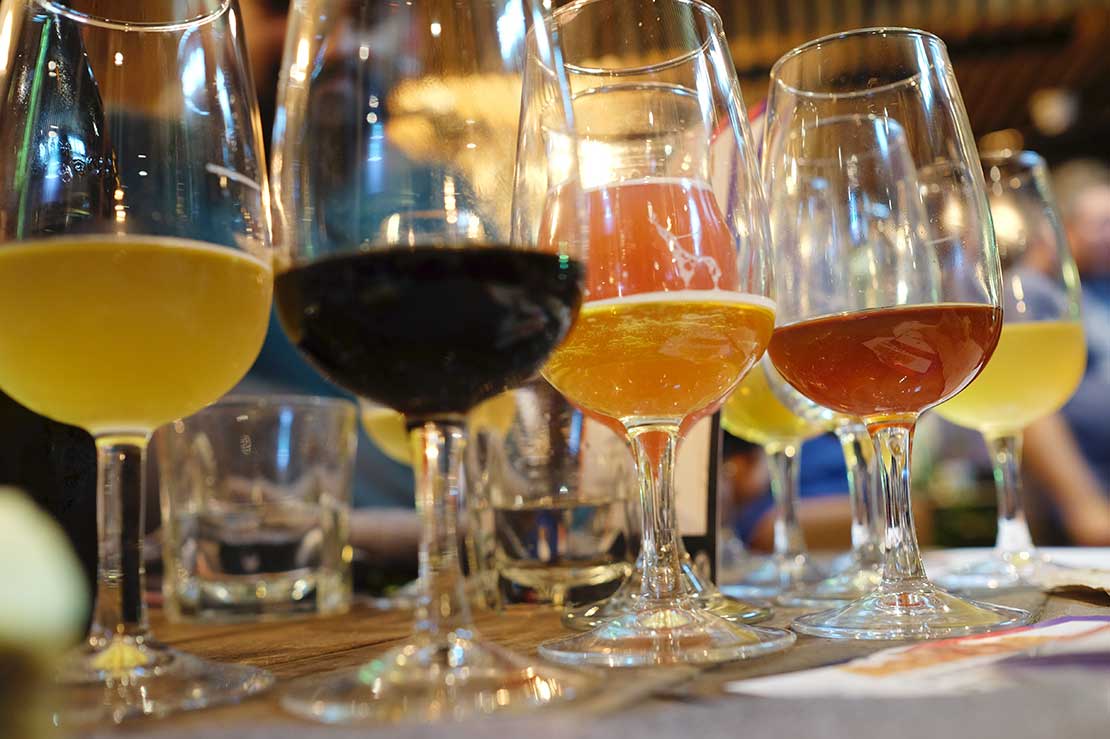To explore the merits of the world’s third most-swigged drink, we must first start with the discovery and development of the art of brewing. So how old is beer?
It all began when humans started to gather more and hunt less and chose to grow crops. Historians trace brewing back to ancient African, Egyptian, and Sumerian roots, with the Sumerians widely considered to be the first to brew beer from barley, around 6,000 years ago. The fermentation process is known to have been discovered by chance. No one knows exactly how, but it is likely through the observation that wet grain or bread left on its own would soon ferment and produce an alcoholic pulp. As bread- and beer-making go hand in hand, the production of beer is a vital factor in the switch from nomadic to agrarian societies.
The rise of the Greek and Roman empires from 510BC to 476AD then brought about what is known as the ‘Dark Ages of Beer’. Beer is no match for the ambrosial reputation of wine; Greeks and Romans considered beer to be a barbarian’s drink. Yet, it was still being brewed by non-assimilated cultures such as the Ostrogoths and Celts.
While Sumerians were the first to brew beer, other cultures have also developed their own beer using different grains. Africans used millet, maize and cassava, the Chinese used wheat, the Japanese used rice, and the Egyptians used barley. However, it was only after 822AD that hops were used as the main ingredient in modern beer. After the 1300s, monasteries and pubs began brewing beer for mass consumption in conjunction with the arrival of the Renaissance. In 1514, Germany passed the first ‘Beer Purity Law’ to prevent the addition of herbs that could poison the drinker; the law limited the ingredients of beer to hops, water, yeast and barley.
Fast-forward to the Industrial Revolution in 1750, and beer had become more widely available thanks to new inventions and technology. Brewers discovered that fermentation undergone in the cold prevents chemicals and bacteria responsible for clouding the beer from thriving – the result being a cleaner, clearer beer. Beer consumption grew steadily as people migrated from rural to urban areas. After the 1900s, pressurised kegs gave birth to draught beer.
From 1919 to 1933, Prohibition hit, and once again beer production suffered. It briefly went underground and was controlled by the mobs. Post-Prohibition, the invention of the explode-proof beer can quickly brought the beverage out of the dark and into the global market once more.
Today, the brewing industry is a force to be reckoned with. Producing billions of gallons worth of beer per year, it is made up of multinational companies as well as smaller breweries. From its ancient beginnings to the canned social lubricant that it is today, beer undoubtedly played an active role in the growth of culture and civilisation. Next up, we will explore the details of the brewing process as well as what are known as craft beers.
- T -
